NASA's James Webb Space Telescope captures image of exoplanet 12x more massive than Jupiter
NASA's James Webb Space Telescope has again done something surprising while capturing a direct image of an exoplanet. Here’s what NASA said.
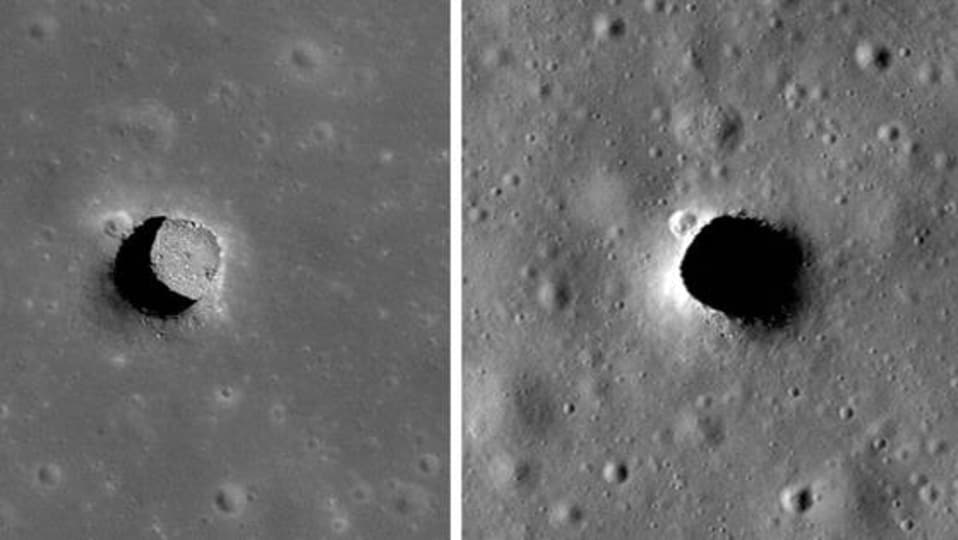
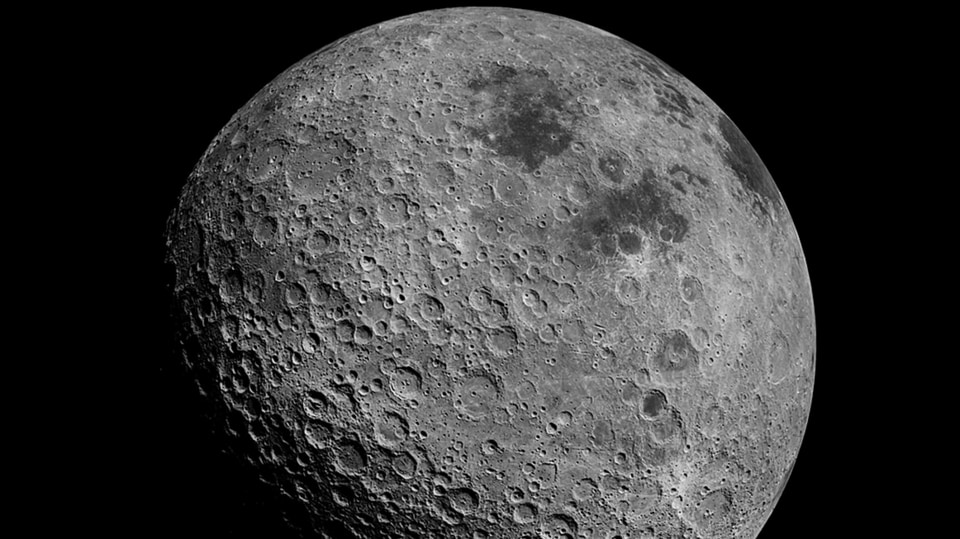
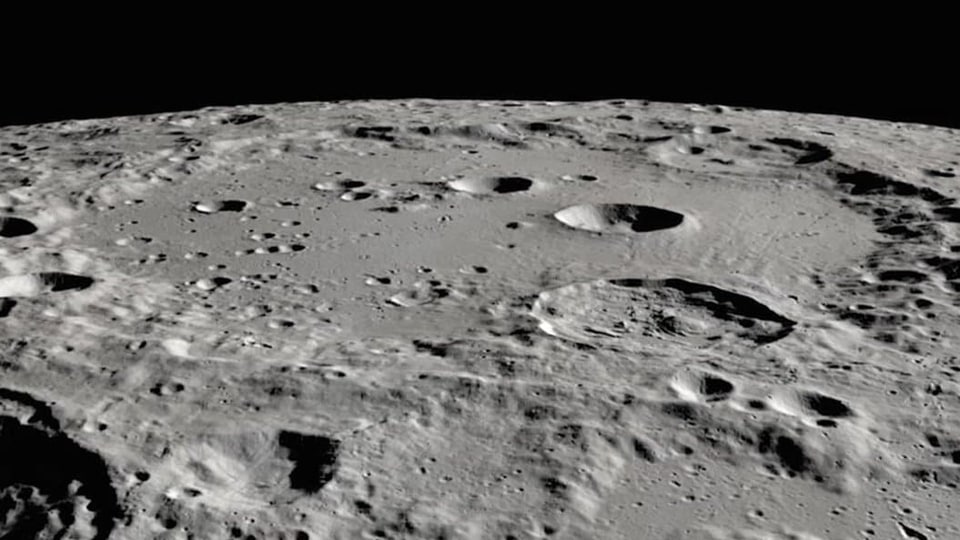
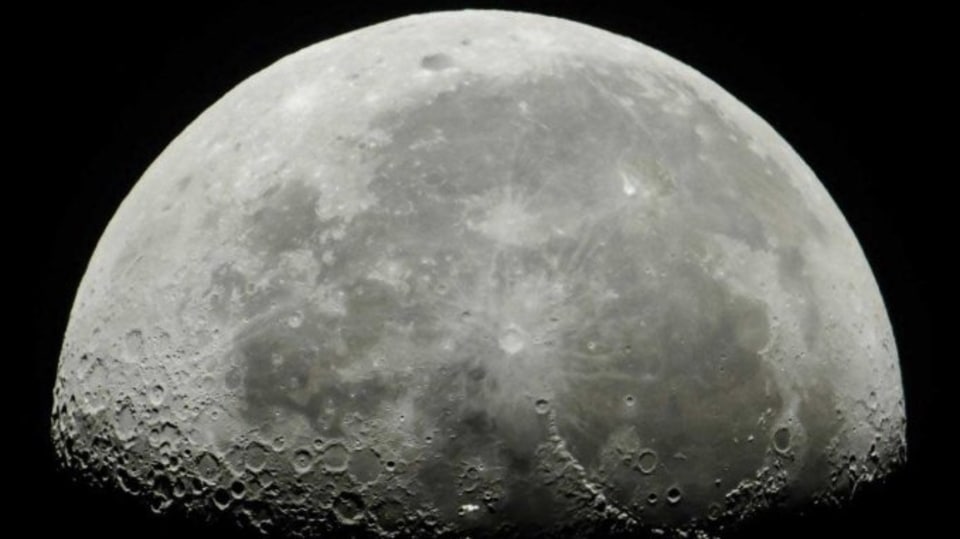
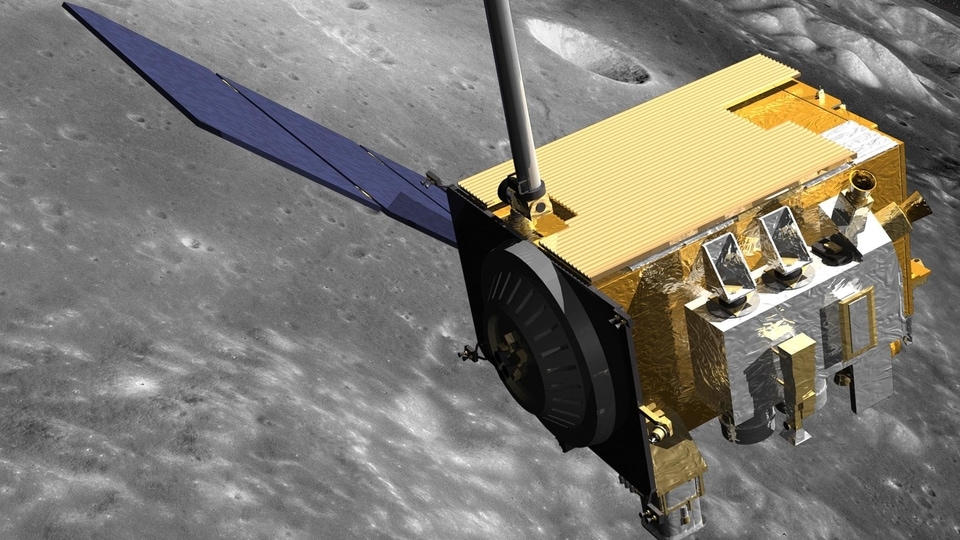
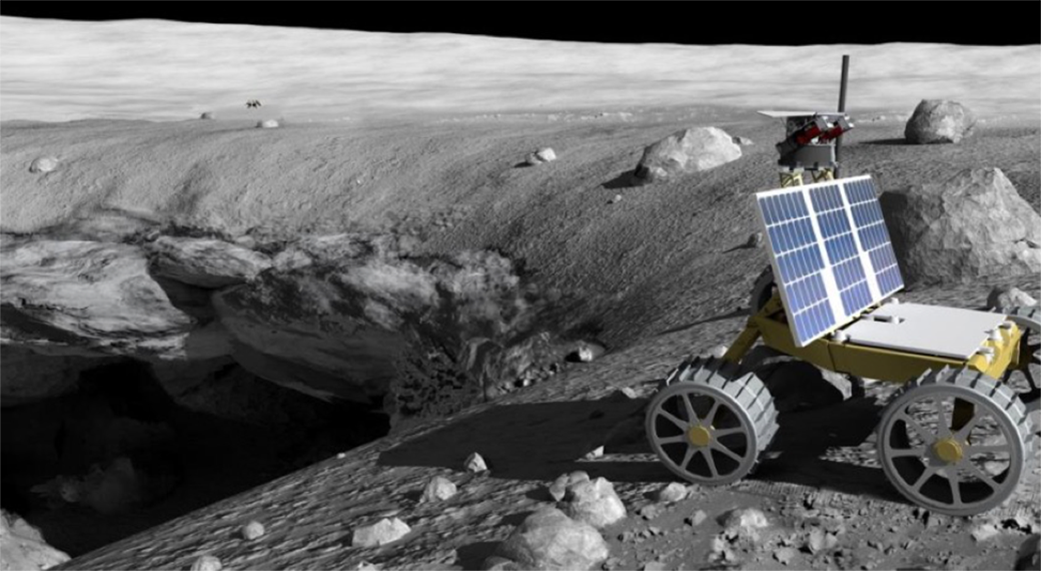
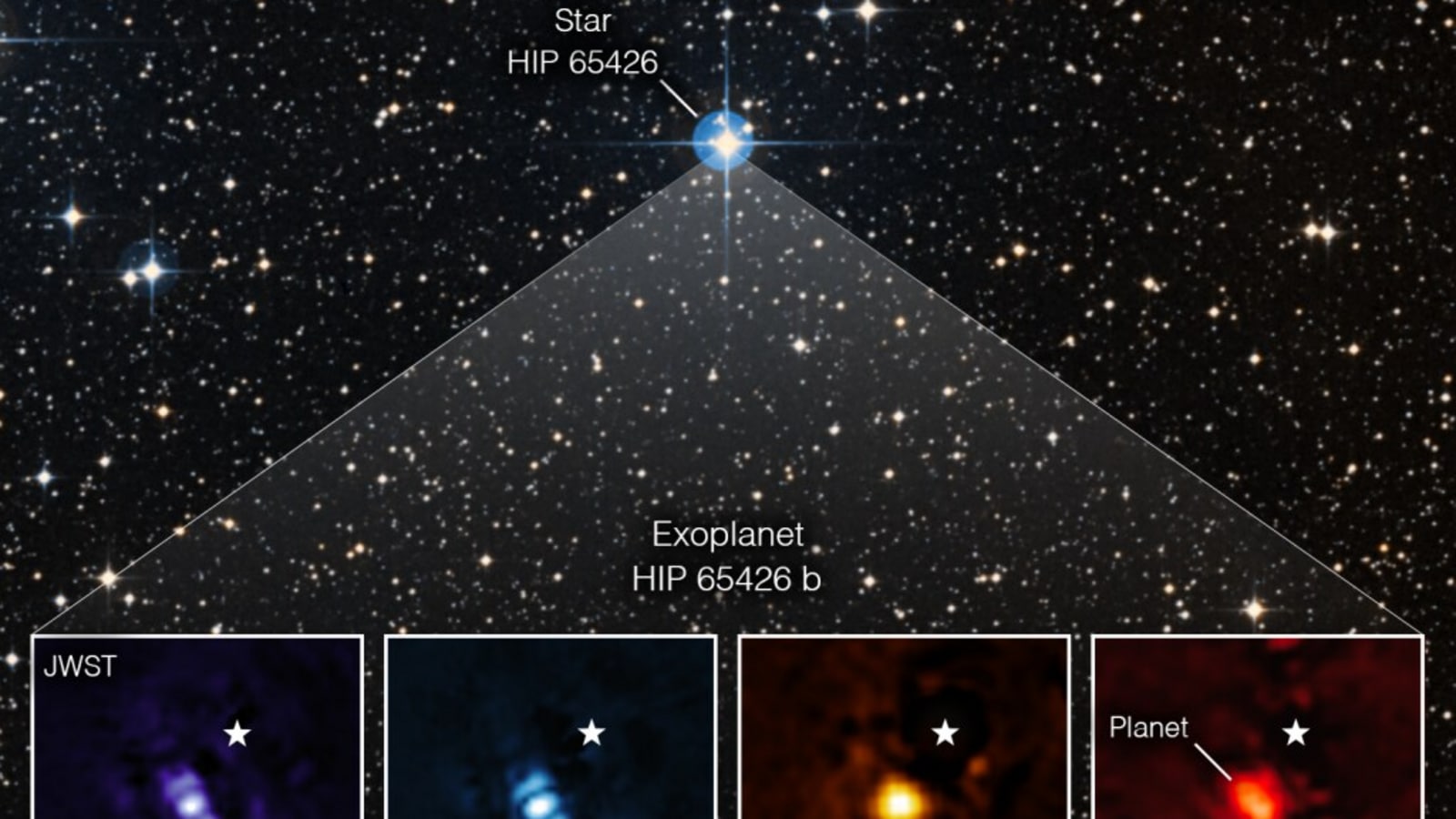
 View all Images
View all ImagesNASA's James Webb Space Telescope hasn't even completed one year since launch, and it has already left scientists impressed with its discoveries and stunning photos of planets, stars, and exoplanets from deep space. In the latest development, in the first-ever such event, astronomers have used NASA's James Webb Space Telescope to take a direct image of a planet outside our solar system. It is basically made up of gas and has no rocky surface, which means the found planet could not be habitable. The captured exoplanet named HIP 65426 b, is around six to 12 times the mass of Jupiter.
NASA shared that the image of the exoplanet has been seen through four different light filters of the telescope, which proves how James Webb's powerful infrared technology can easily capture worlds beyond our solar system. The space agency hopes that this discovery paves the way for future observations that will help to unveil more information than before about the exoplanets.
What is this massive exoplanet
This exoplanet HIP 65426 b was first discovered in 2017 using the SPHERE instrument on the European Southern Observatory's Very Large Telescope. However, it took images of it using short infrared wavelengths of light. On the other hand, Webb's gaze used longer infrared wavelengths, which helped to reveal new details about the exoplanet. NASA revealed that it is a young planet, about 15 to 20 million years old, compared to our 4.5-billion-year-old Earth.
NASA says in its blog post, "Since HIP 65426 b is about 100 times farther from its host star than Earth is from the Sun, it is sufficiently distant from the star that Webb can easily separate the planet from the star in the image."
It was a challenging task!
NASA explains that taking direct images of exoplanets is a challenging task. As stars are so much brighter than planets, it becomes difficult to capture a detailed image of these exoplanets. However, the HIP 65426 b planet is more than 10,000 times lighter than its host star, and even a few thousand times fainter in the mid-infrared.
Aarynn Carter, a postdoctoral researcher at the University of California and led the analysis of Webb's images said, "Obtaining this image felt like digging for space treasure." However, this is not the first time, when a space agency has captured a direct image of an exoplanet. James Webb Telescope's predecessor, Hubble Space Telescope has captured direct exoplanet images previously – HIP 65426 b.
Catch all the Latest Tech News, Mobile News, Laptop News, Gaming news, Wearables News , How To News, also keep up with us on Whatsapp channel,Twitter, Facebook, Google News, and Instagram. For our latest videos, subscribe to our YouTube channel.





























